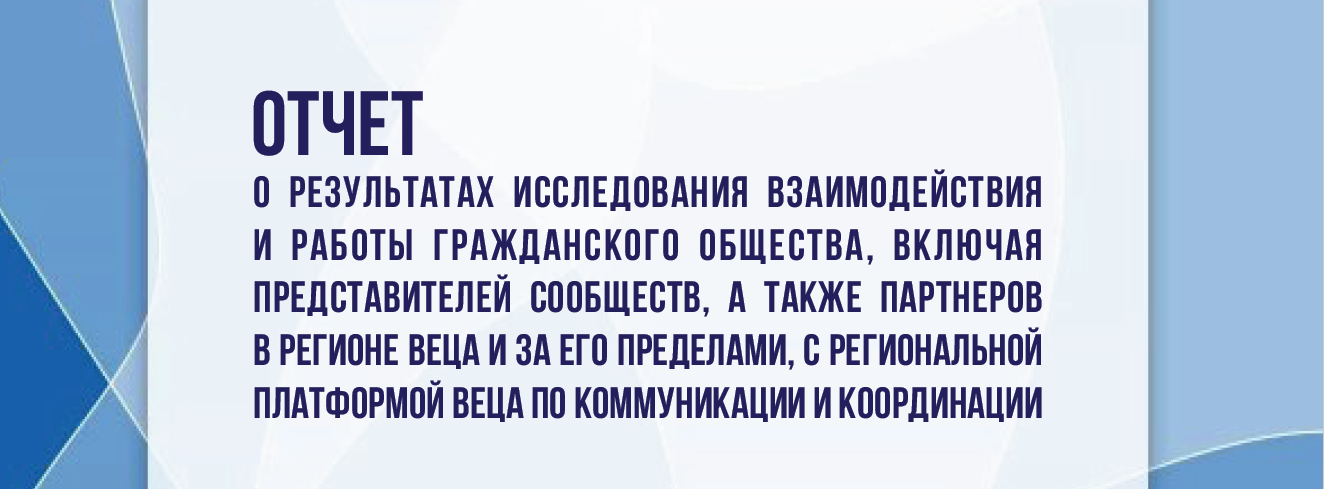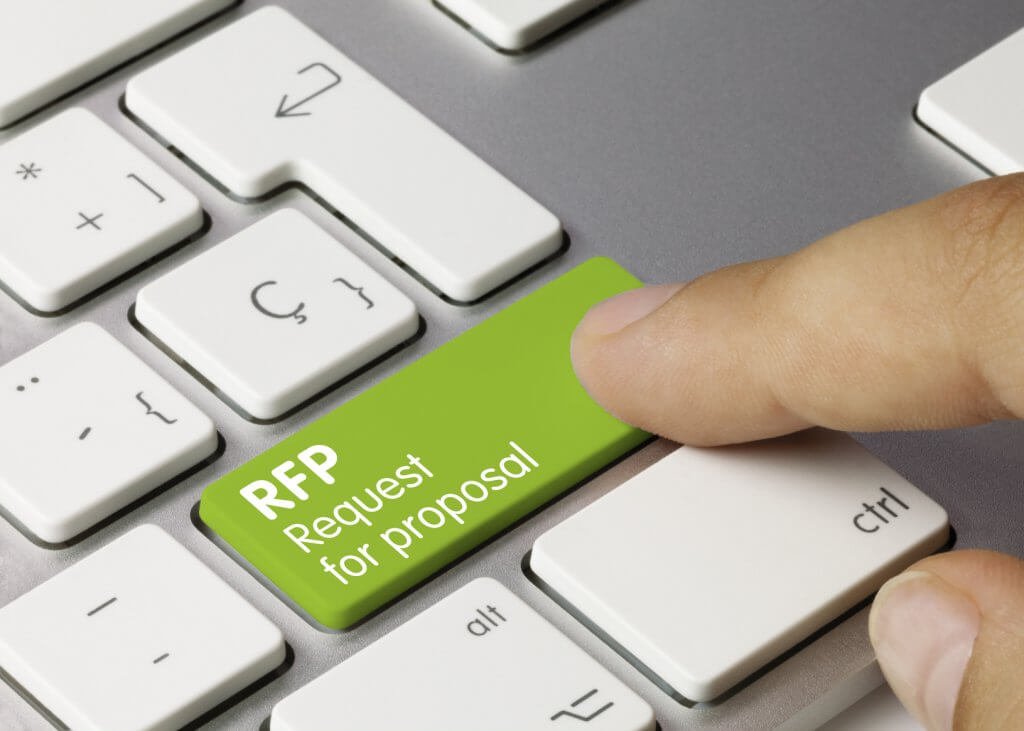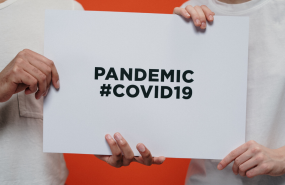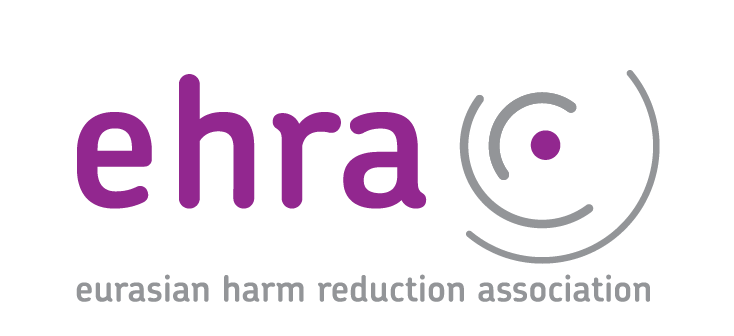UNAIDS report “Governments fund communities”: key points
- 30.06.2016 01:00
- Post Views: 1,162
Community-based service delivery and advocacy are essential for achieving the ambitious treatment, prevention and human rights targets set through the UNAIDS Fast-Track approach. Expanded community mobilization and community- based service delivery programmes will require an increased investment in communities. The trend towards greater country ownership and the priority of reaching all populations with services, including marginalized groups, means it will be increasingly important to channel domestic nancing to community responses.
Each of the countries discussed in this report has found ways to foster the community component in its HIV response. They have decentralized services, formed strong partnerships with community-based organizations and focused investments to reach people who are most vulnerable.
Every country is different, but lessons from these countries’ experiences can inform approaches
that will be appropriate in other countries’ unique contexts. The examples from Malawi and the Republic of Moldova demonstrate how Global Fund resources allocated to the government can be directed to civil society organizations. Governments and civil society have seen significant benefits from direct support being given to communities.
The innovative approaches used in the countries presented in this report have helped to address challenges common to many countries. These challenges include bureaucratic barriers that impede or slow the movement of funds from central treasuries to local programmes, and uctuating political will to support community-led programmes, especially during elections. In many countries, punitive laws, police abuse, stigma and discrimination drive key populations away from health services. Community-based organizations that have the trust of these populations can be effective service providers, but in many cases such organizations lack the capacity to receive and manage funding.
Integrating community responses to HIV in national AIDS plans, including budget allocations, will be key to ending the AIDS epidemic by 2030. This will require transforming nancing mechanisms and service delivery and linking community systems into resilient systems for health.
Despite challenges, health of cials in the countries presented in this report have found innovative ways to mobilize funding, channel resources and build partnerships to respond effectively to HIV. Some of the factors key to success have included:
- Inclusion of community representatives in the panels that review and select grant recipients—this helps to ensure that the funded organizations have the trust of and connection to key populations, and strengthens community ownership of the process.
- Creating quasi-governmental organizations to receive government funding and redirect it to nongovernmental organizations, in particular nongovernmental organizations working with stigmatized or criminalized key populations.
- Maintaining rigorous standards for grant recipients, while investing in capacity- strengthening to ensure that organizations doing good work have a chance to succeed, grow and become mentors of other peer groups.
- Standardizing procurement, costing and monitoring and evaluation processes to reduce corruption and ensure good-quality programming across a decentralized service delivery process.
- Mobilizing private funders for community HIV programmes.
- Calculating the costing of programmes realistically, including overheads and administrative costs, so the community component of the national response is fully funded.
- Facilitating collaboration among nongovernmental organizations working in the HIV response, while supporting regular dialogue between governments and nongovernmental organizations.
To reach the Fast-Track Targets, there is a need for expanded programmes and increased investments in community mobilization and community-based service delivery. As the domestic share for nancing the response to HIV is increasing, and in some cases international funding is in transition, it is hoped that examples such as the ones presented in this report can support governments to overcome administrative challenges and ensure domestic funds can reach community-based organizations to deliver services, advocacy and participation in decision-making and accountability.
All 6 examples can be useful for EECA countries as guides and best practices in planning their own programs and the transition of community interventions funding to government owned, though we have looked more precisely and translated only the key findings of the Moldovan example. To get acquainted with other country examples, please see the full text of the report in English.
Related News
Get Engaged in the ‘UNAIDS Strategy Beyond 2021’ Development Process
UNAIDS is now in the process of developing its next Strategy for 2021 and beyond. The timeline for developing the Strategy was supposed to have started early this year, but it was hampered by the COVID-19 pandemic. It has now been extended to accommodate a longer consultation period to ensure a full and more meaningful […] Read moreGlobal Fund funding opportunity – COVID-19 Response Mechanism
The COVID-19 Response Mechanism (C19RM), approved in April 2020, authorizes US$500 million in funding in addition to grant flexibilities. C19RM can be used across the three diseases and the health system, even if a country only has a single Global Fund grant for one component. The CCM will assess the most urgent needs and direct […] Read moreCOVID-related Funding Opportunities for Civil Society Working on HIV, TB, Malaria, Gender and Human Rights
We would like to share with you the information about few COVID-related Funding Opportunities available for Civil Society Working on HIV, TB, Malaria, Gender and Human Rights in EECA. Post Views: 3,141 Read moreServices for migrants and refugees from Ukraine – HIV/TB care with a focus on key populations
Due to the increasing flows of refugees from Ukraine because of Russia’s invasion of Ukraine, the EECA Regional Platform created a spreadsheet to fill contacts details of face-to-face and online services for refugees and migrants (with a focus on HIV/TB care and key population groups).
Regional Platform – EECA
This web-resource is a part of new regional communication and coordination project “Regional Civil Society and Community Support, Coordination and Communication Platform - EECA”, implemented by Eurasian Harm Reduction Association (EHRA).
Tags
See also
-
Webinar: Using Global Fund's Data for Advocacy 12.06.2025 12:00
-
GC7 Grant Reprioritization: Updated Timelines 10.06.2025 14:37
-
GFAN reports back: 53rd Global Fund Board meeting 26.05.2025 14:26







